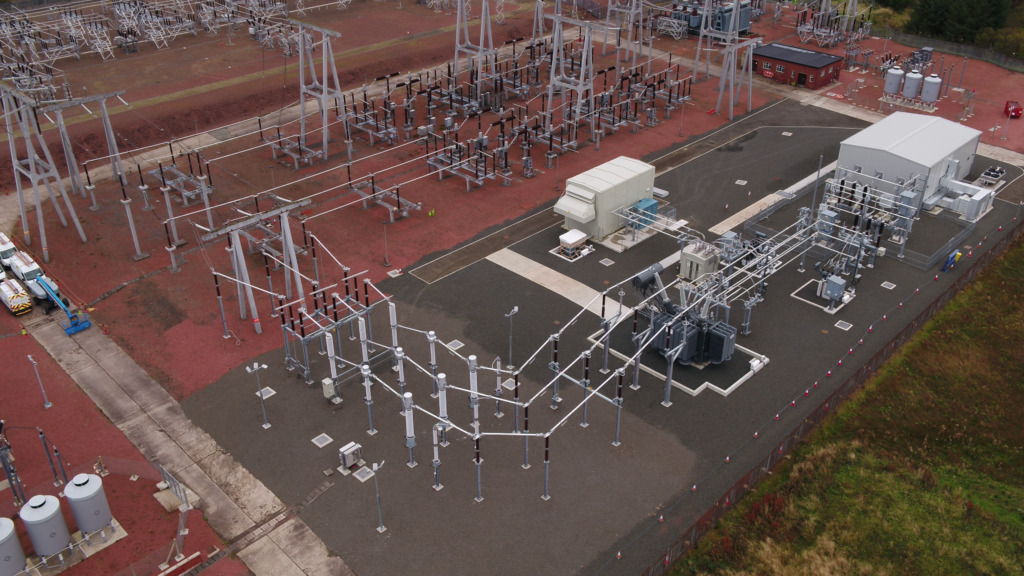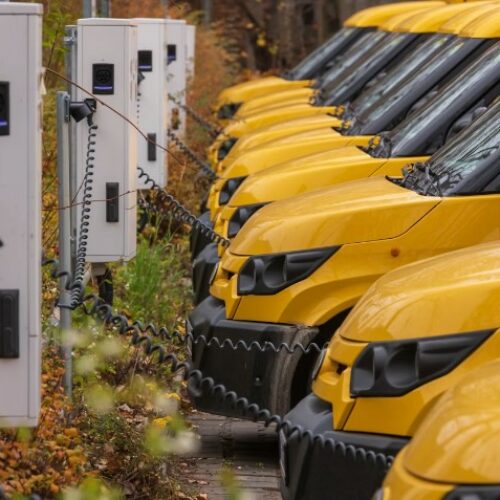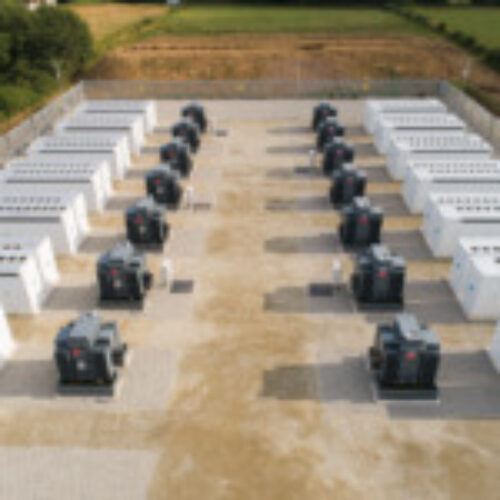SP Energy Networks is launching a trial of a ‘world first’ technology, designed to maintain system stability and support increases in renewable energy.
Project Phoenix as it has been dubbed, will see a new Hybrid Synchronous Compensator solution installed at the Neilston substation, and monitored over the next 12 months.
The compensators will provide dynamic voltage control, inertia and short circuit level to help manage the reduction in synchronous generation such as coal and gas plants. It will combine two existing technologies, Synchronous Condensers and Static Compensators (STATCOM) to create this hybrid solution.
SPEN says that by combining the rotating with the static, and the fast response time with the stable power supply, the two technologies can compliment each other and help to provide services like inertia that are being lost as the UK transitions to a renewable energy system.
Live data from the trial will be collected and analysed, helping to prove the concept and subsequently validate the commercial mechanisms to rollout the technology.
By increasing the stability of the energy network despite the growth in intermittent renewables on the system, the project is expected to reduce network operating costs by between £53 million to £66 million. Additionally, by facilitating still further renewable penetration, it will help save over 62,000 tonnes of carbon according to SPEN.
Colin Taylor, director of Processes and Technology at SPEN, said he was proud that they’ve been able to drive forward with the Phoenix project despite challenges around COVID-19 this year.
“This world first innovative project has just reached a key milestone following the commencement of its live trial. Technology like this allows us to accommodate even more renewable generation on our electricity system while maintaining levels of system stability and resilience.
“Globally leading and innovative projects such as Phoenix are not only important from a network perspective but also from a green recovery and net zero perspective helping us to deliver a better future, quicker for our customers.”
SPEN is working with Hitachi ABB Power Grids, National Grid ESO, The University of Strathclyde and The Technical University of Denmark on the project. Following the trial it is hoping to roll out the technology within the RIIO T2 Price Control period.
A number of trials have popped up to look for new sources of inertia that do not rely of fossil fuel generators. In January, National Grid ESO awarded £328 million worth of contracts to five companies to provide inertia without the need to simultaneously provide electricity in what it is thought to be a world first approach.
One of these projects, run by Welsh Power, is hoping to use a synchronous condenser and flywheel to create inertia and is now under construction and hopes to be up and running in 2021.
Along with Project Phoenix, SPEN is running a number of projects to secure its network of over 110,000km of power cables and 30,000 substations as the UK’s energy mix continues to change. In June, it teamed up with Smarter Grid Solutions for a new trial for a smart network solution, designed to help it manage and export electricity from local generators for example.





